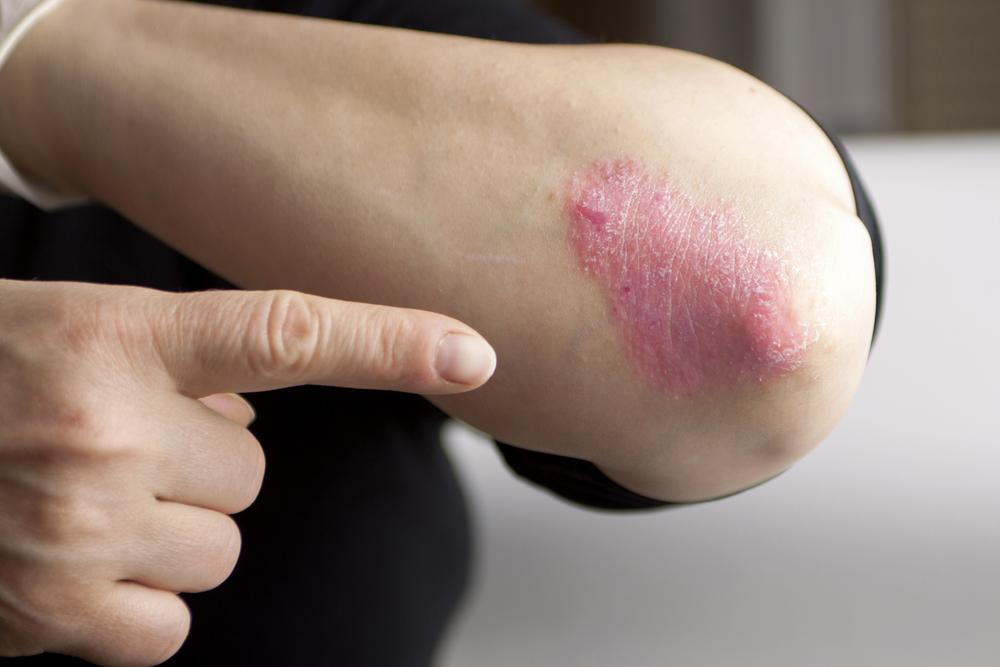Comprehensive Guide to Psoriasis: Understanding Its Causes, Symptoms, and Effective Treatment Strategies
This comprehensive article explores psoriasis, detailing its causes, symptoms, and treatment options. It provides insights into managing this autoimmune skin condition effectively through medical treatments and lifestyle changes. With over 1500 words, it offers an in-depth understanding suitable for patients and healthcare professionals seeking thorough information.

Comprehensive Guide to Psoriasis: Understanding Its Causes, Symptoms, and Effective Treatment Strategies
Psoriasis is a complex, chronic autoimmune skin condition that affects millions of people worldwide. Its unpredictable nature, coupled with the visible symptoms and potential impact on quality of life, makes understanding this disease crucial for patients, caregivers, and healthcare providers alike. In this detailed guide, we delve into the fundamental causes of psoriasis, recognize its common symptoms, explore various treatment options, and shed light on how lifestyle changes can help manage the disease effectively.
What Is Psoriasis and How Does It Develop? Psoriasis is an autoimmune disorder where the immune system mistakenly targets healthy skin cells, leading to inflammation and accelerated skin cell production. Under normal circumstances, skin cells are generated and shed over 21 to 28 days, maintaining a healthy turnover. However, in psoriasis, this cycle shortens dramatically to just 2 to 6 days. The result is an abnormal buildup of skin cells on the surface, manifesting as thick, flaky patches that are often covered with silvery-white scales. These patches not only cause discomfort but also impact individuals’ self-esteem and daily life.
Understanding the triggers and the underlying mechanisms is vital for effective management of psoriasis. The disease is influenced by genetic, environmental, and immunological factors, making it a multifaceted condition.
Globally, approximately 3% of the population lives with psoriasis, highlighting its significance as a widespread health concern. In many countries, including the United States, there are over 7.5 million documented cases. Psoriasis affects both men and women equally and can strike at any age, although certain age ranges like 15-35 years and 50-60 years are more commonly affected. The condition’s prevalence underscores the need for increased awareness, early diagnosis, and tailored treatment approaches.
Symptoms of psoriasis vary in severity, ranging from mild localized patches to widespread involvement covering large areas. Typical signs include red, inflamed patches topped with silvery scales, itching, burning sensations, and sometimes cracking or bleeding skin. The disease often appears on the elbows, knees, scalp, lower back, and palms, but it can develop anywhere on the body. The severity is usually classified based on the percentage of body surface area affected: mild (less than 3%), moderate (3-10%), and severe (more than 10%).
Effective management involves a comprehensive approach, combining topical treatments such as corticosteroids, vitamin D analogs, and moisturizers, with systemic therapies including biologics, oral medications, and phototherapy. The goal is to reduce inflammation, control flare-ups, and promote skin healing. Patients are encouraged to consult dermatologists for personalized treatment plans and to monitor disease progression. Additionally, lifestyle modifications, stress reduction, and skin care routines can significantly improve quality of life.
Living with psoriasis may be challenging, but with appropriate medical care and lifestyle adjustments, individuals can lead active, fulfilling lives. Awareness about triggers like stress, infections, cold weather, and certain medications can help in preventing or managing flare-ups effectively. Regular follow-up with healthcare providers is essential for adjusting treatment strategies and achieving optimal outcomes.





